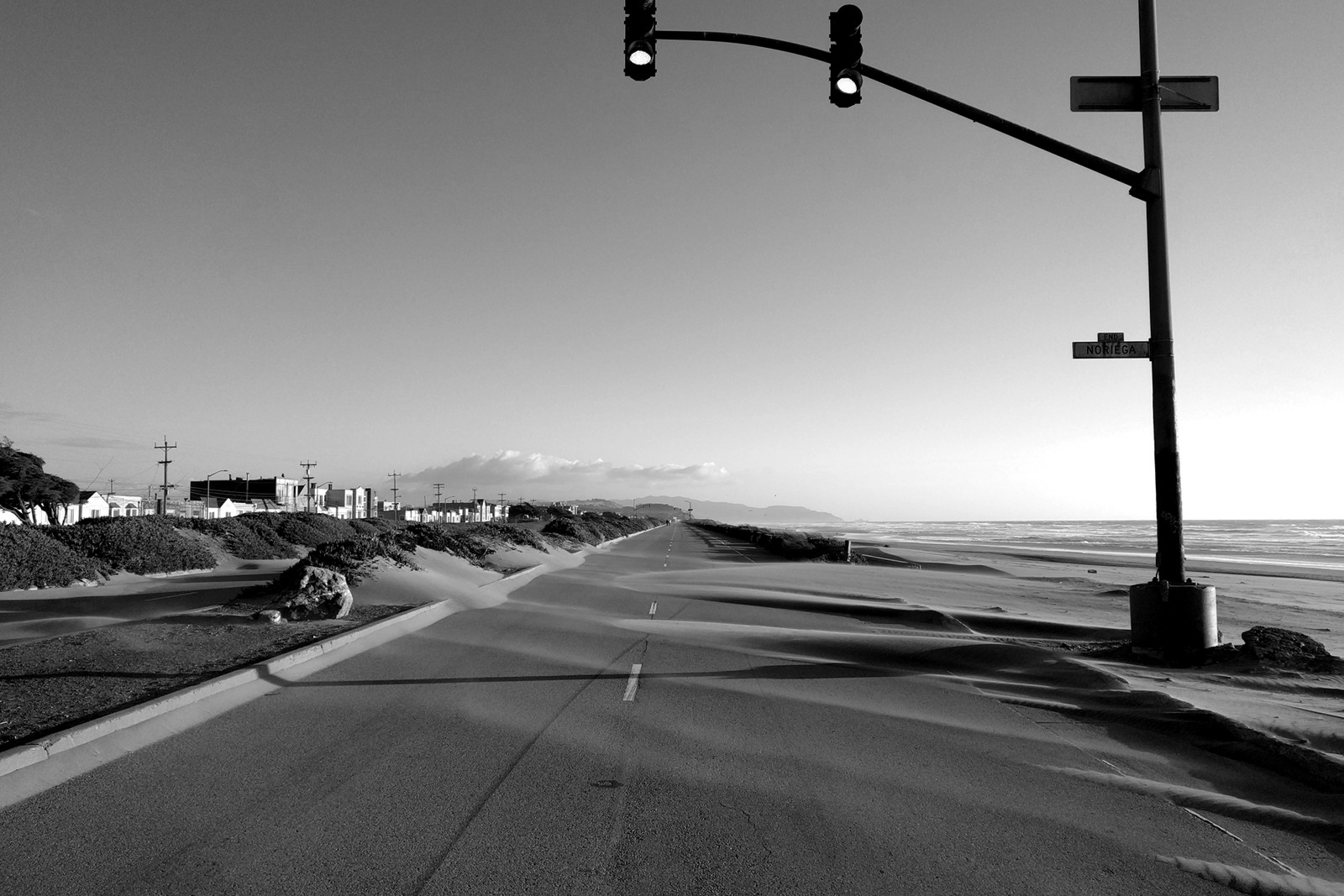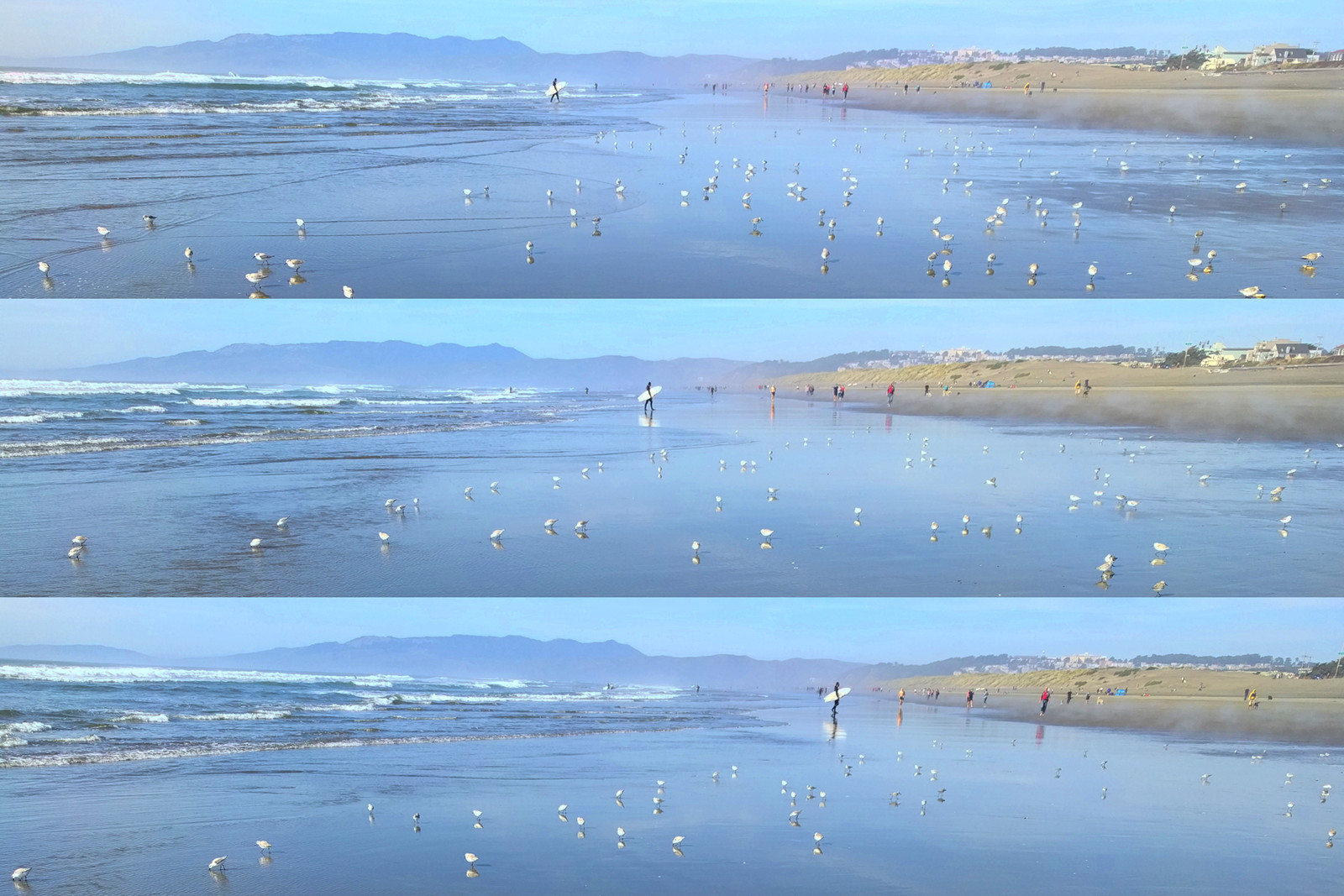Hawk at work
This morning, a hawk chose the ledge outside the window in front of my desk (six stories above Market Street) to hang out for about an hour and a half.

This morning, a hawk chose the ledge outside the window in front of my desk (six stories above Market Street) to hang out for about an hour and a half.



Sometimes I have a story to tell, and othertimes I just want to post a nice photo.

